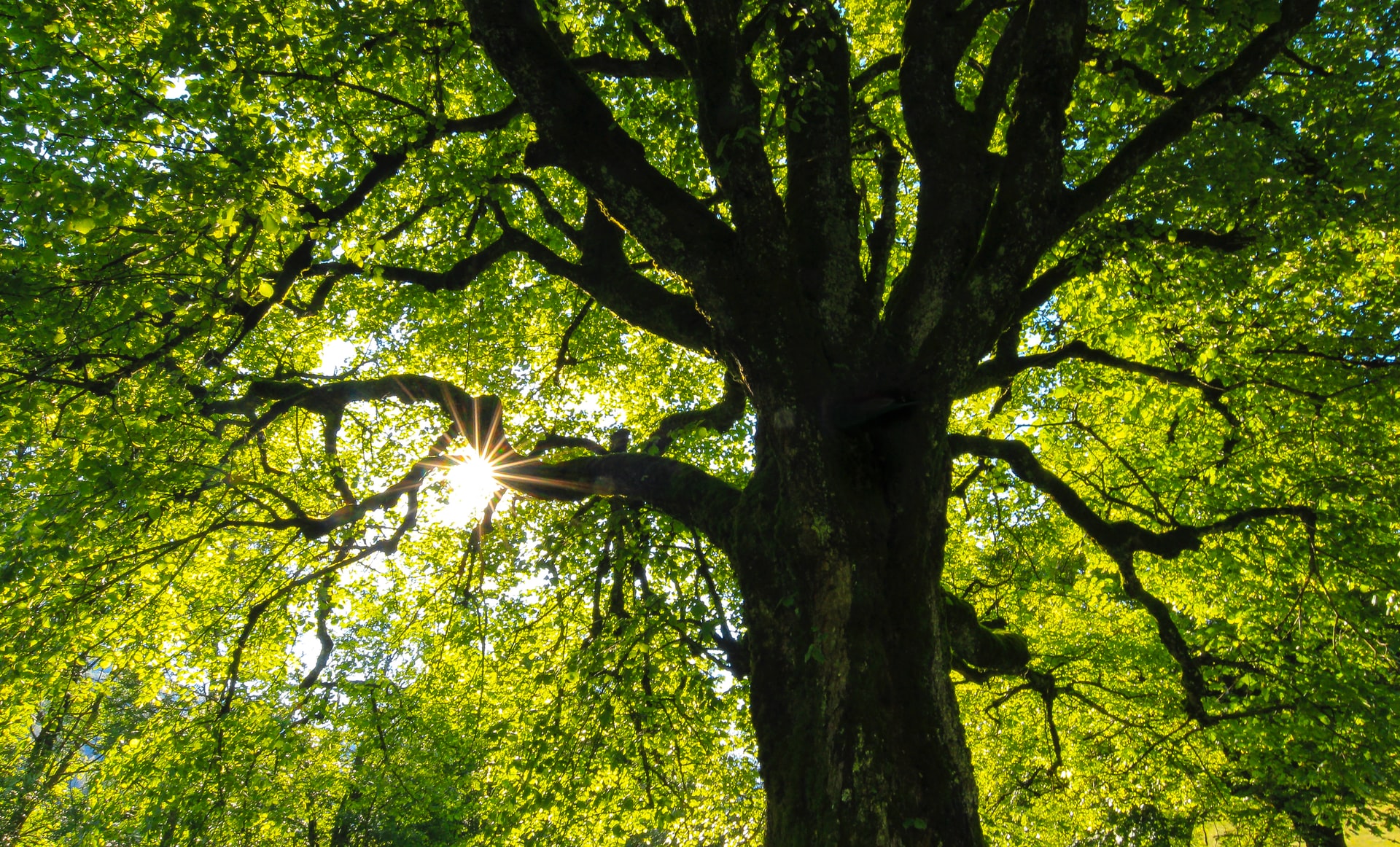Not all off-grid builds are in the mountains with cozy fireplaces. Some need a solid off-grid cooling solution as well. Here in Asia, where we have lots of humidity and high temperatures. Cooling is an essential part of the design and build process. There are plenty of different solutions you can use to ensure that your off-grid build is cool year-round. It’s relatively easy to keep your place cool if you design and build it correctly.
Ensuring that you’re including modern efficient building materials and design aspects will keep you dry and cool throughout the hotter parts of the year. Some of these ideas are achieved during the design and build phase and are truly passive cooling solutions. Others are appliance solutions that can be used effectively in off-grid builds when planned correctly.
Passive Solar Design
One of the most important parts of your build is using your site, local climate and building materials to your advantage. A passive solar design achieves this by using the sun’s energy to effectively heat and cool your house. The materials you use play a vital role in this design When the sunlight hits your building depending on the material it will either reflect the heat, absorb it or transfer it to another part of the building. This also causes air movement within the build that when effectively designed can drastically increase the energy efficiency of your building. The effectiveness of the passive solar design requires several elements including
- Properly orientating your windows to collect heat when needed. Depending on where you are in the world they should be close to facing south and shaded in the cooling months.
- Thermal Mass is used to store heat and use it during the heating months or remove it from the air in the cooling months
- Distribution is how you circulate the heat from the collection points to other parts of the home. This is achieved through convection, conduction and radiation.
- Control how the sun gets into the building. This is achieved using properly designed roof overhangs that will control how the light enters the building based on the angle of the sun and the time of year.
A properly designed building that uses a truly passive solar design can drastically reduce or completely remove your need for powered solutions. This will also reduce the sizing requirements for your power system. This is probably the most effective off-grid cooling technique there is.
Insulation
Insulation is part of the passive solar design but is also an important part of every build. Insulation can drastically reduce the heat entering the building or leaving it. A well-insulated building can keep heat and cool in the building longer than standard materials. There are many forms of insulation from wool, fibre, spray insulation, structural insulated panels and more. It really depends on what kind of site access you have as to the choice of building materials you will have access to. The costs are also heavily involved in your solution. Wool or foam inserts are a popular affordable option that is both lightweight and easy to install.
Geo Thermal
Geothermal cooling is a cooling technique that all kinds of off-grid builds use. One very popular kind of off-grid build is earth ships. Earth ships use geothermal cooling as an effective, passive off-grid cooling option. Geothermal cooling plays a large part in the design of these earth ships. If you have the right site, geothermal cooling coupled with your passive solar design could keep you cool year-round with minimal energy usage.
By installing a series of tubes beneath the building you can use geothermal properties to regulate the building temperature both for heating and cooling. Outdoor temperatures fluctuate wildly throughout the day, but underground temperatures remain relatively stable throughout the day. You only have to dig down a couple of meters into the ground to access these stable temperatures. The system consists of an indoor transfer unit as well as a system of underground pipes this is commonly referred to as the earth loop.
Trees
Trees are natures air conditioners. They can provide shade and they can cool the air through a process known as evapotranspiration. This is the process of the trees absorbing water through their roots and then evaporates that through its leaf pores. Having trees on your property can reduce the overall ground temperature by as much as 10 degrees celsius. Planting trees or using the existing ones on your site in your build placement could reduce your energy requirements and provide an effective off-grid cooling option.
Solar Air conditioning
If you require cooler temperatures then what a passive off-grid cooling can provide an air conditioner is an option. You can use standard house air conditioning units with solar panels and battery systems. There are also dedicated solar-powered air conditioning solutions that use DC motors instead of AC motors. This will help reduce the power loss in conversion and allow you to run your air conditioning units more effectively throughout the day. Couple this with a well-insulated build and you can reduce the requirements for having the air conditioning units on for extended periods of time or at night when the ambient temperatures have dropped.
Fans
Ceiling fans and pedestal fans can be an effective method to move the air around your building. Hot air rises and you can install fans that will pull the hot air off the ground and to the top of your building. With the right window placement that hot air can escape the building keeping it cool with minimal energy requirements. Fans are an affordable off-grid cooling option that shouldn’t put a drain on your power system.
Conclusion
Off-grid cooling can be achieved with a lot of passive solutions. The only thing is that this needs to be considered from day 1 of the design. If you attempt to apply most of these techniques to an existing build or a build that it wasn’t designed for it won’t work as effectively. I believe that the passive solar design is the best way to ensure you are creating a sustainable off-grid cooling solution.

